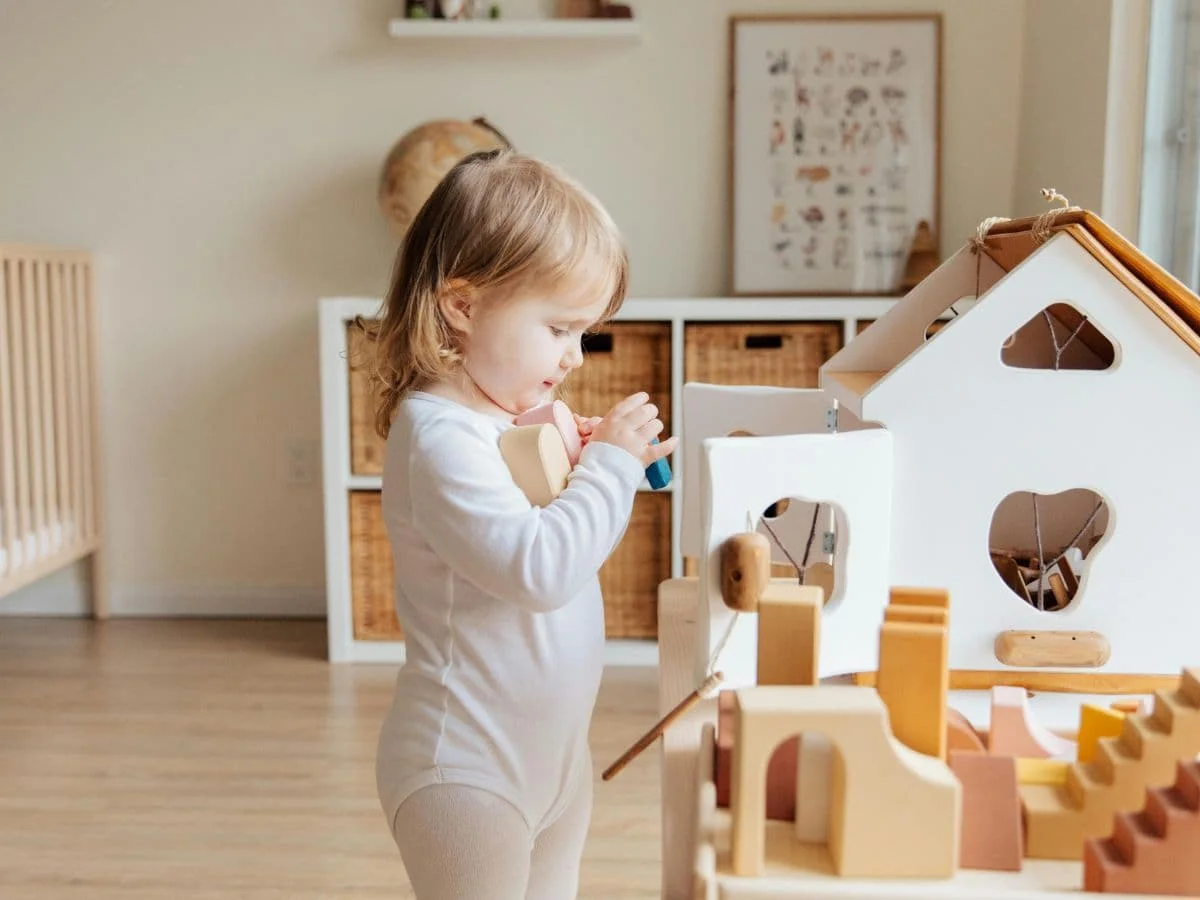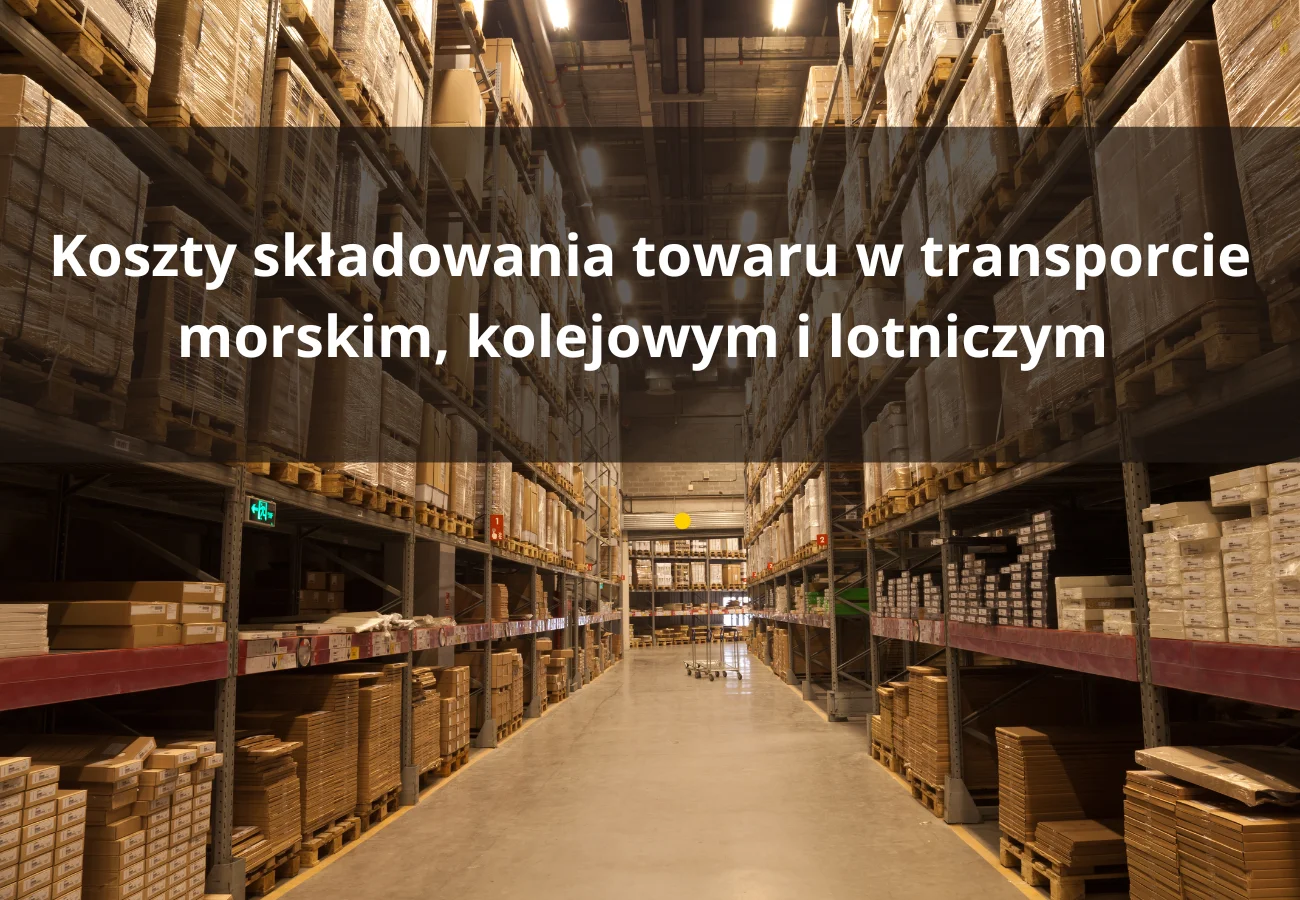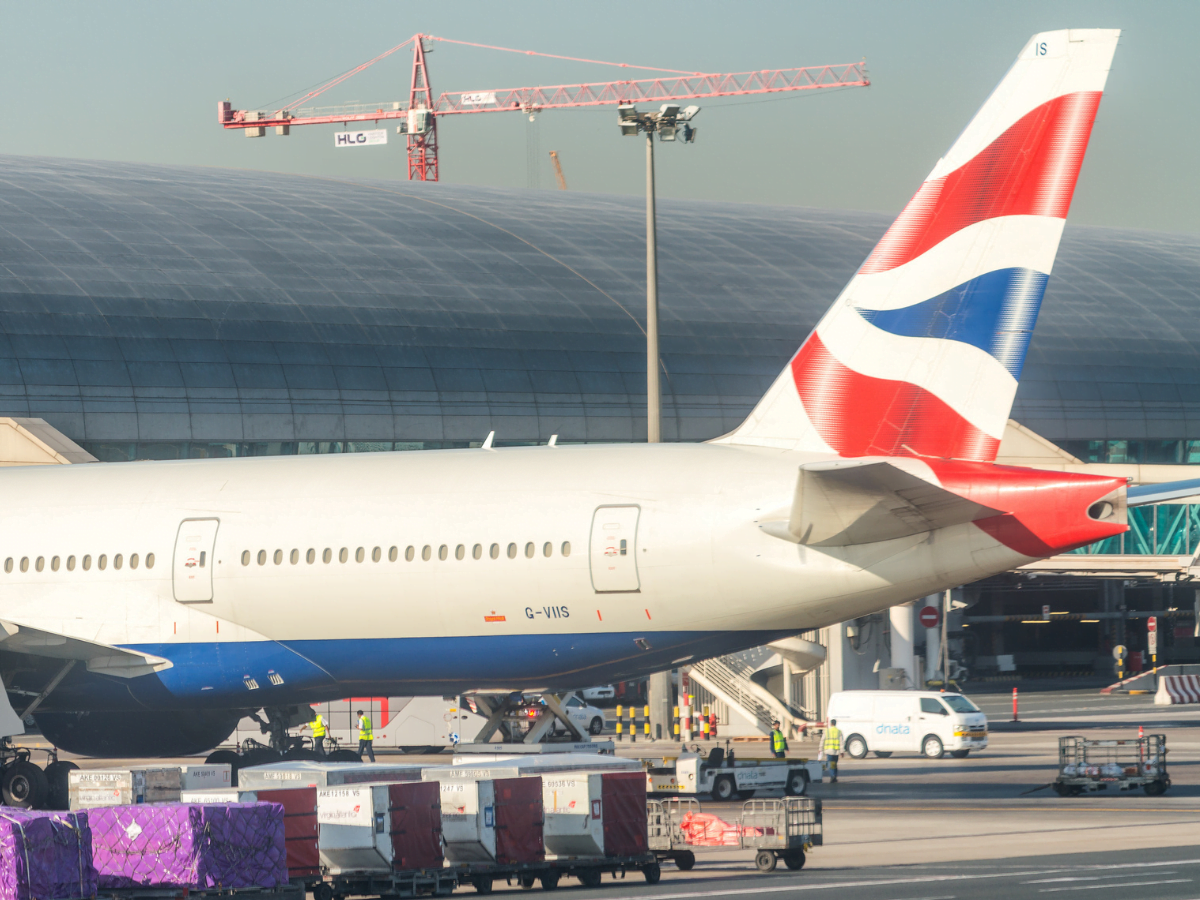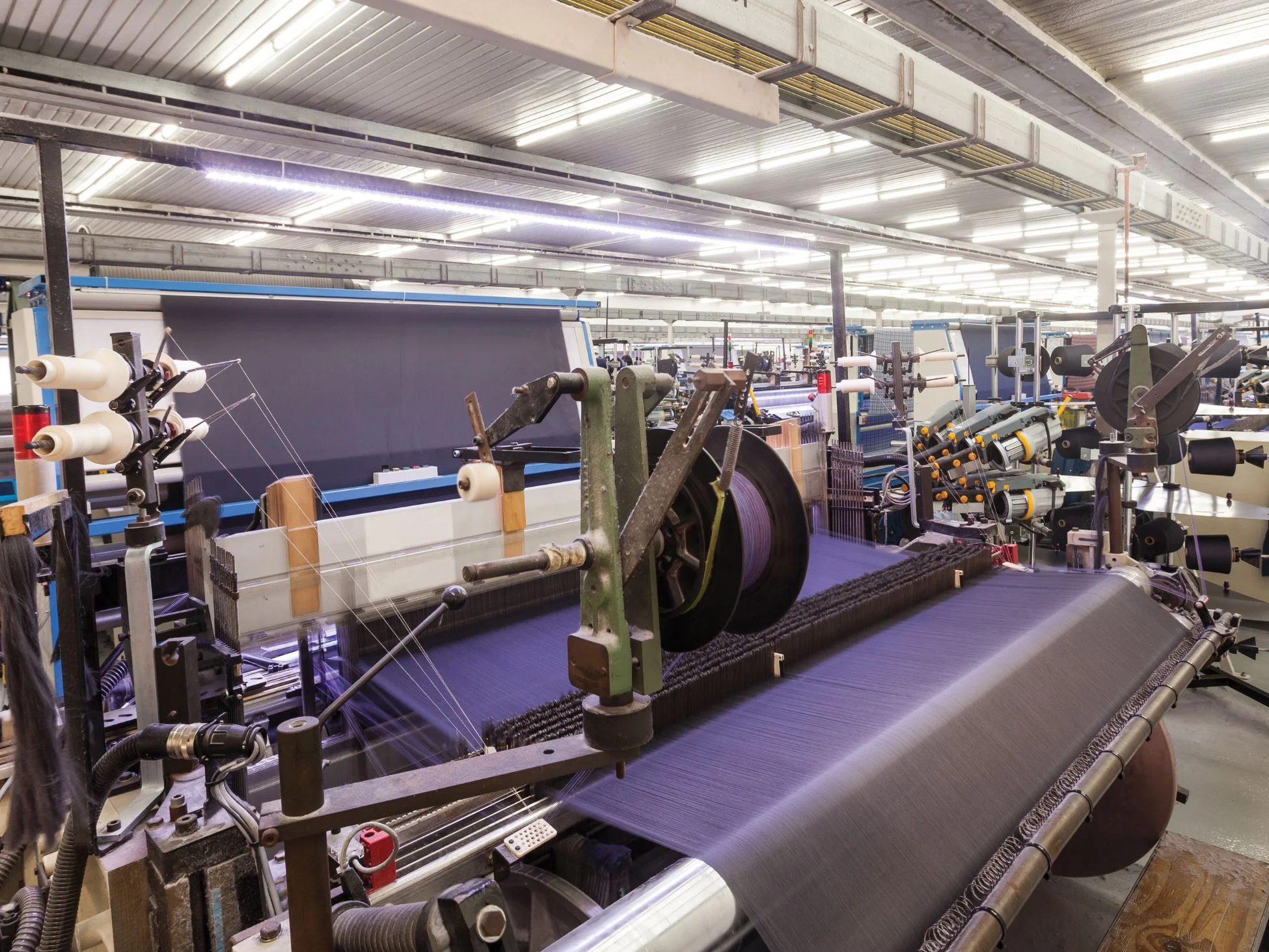All children's toys that are allowed on the market in the European Economic Area must have mandatory quality certificates. These certify that the toys have passed the necessary tests to guarantee safety and quality to buyers. Their absence (or false labelling by the manufacturer) does not guarantee the safety of the toys to the consumer. Such products do not have the appropriate approvals, have not undergone quality control, and the result can be defective components, rapidly developing damage or the release of harmful toxins.
What is Safe Toys certification?
Safe Toys certification is a designation that is awarded by the Institute for Testing and Certification. It collaborates with the Italian Toy Safety Institute, which was founded in 1978. It is internationally respected for conducting accurate and independent tests on children's products. The institute's mission is to test toys and other articles intended for children.
The label is awarded by the Italian Institute for Toys' Safety, which conducts extensive research into quality and safety. It is the task of psychologists to check for which age group a toy may be intended and what valences a child must have in order to achieve the highest possible satisfaction from play.
Teams of technicians and engineers check that a toy is safe for a child in terms of harmful substances and mechanical damage. The safety requirements for toys are very high, so it is important that toys meet EU standards.
Mandatory labelling on toys = safety of children's toys
When shopping, it is worth paying attention to the markings found on toys, as not all products meet the designated standards. The greatest number of falsifications concern the mark CE (Conformité Européenne). Every manufacturer is obliged to put it on products after they have passed quality tests. Unfortunately, it is also the most frequently confused and counterfeited of the marks. The mark that is being faked is China Export. The European CE mark has widely spaced letters, while in China Export they stand close together. Always make sure that the toy manufacturer has used the correct CE mark.
Another mandatory sign is toys not intended for children under 3 years of age. It appears on toys that have small parts and may pose a risk to small children. It is essential for the CE marking process. It is punishable by a fine for appearing on a toy that is apparently intended for children under 3 years of age.
Mandatory sign in: United Arab Emirates, Saudi Arabia, Bahrain, Qatar, Oman, Kuwait and Yemen is awarded in the same way as the CE mark. It provides buyers with a guarantee that the product placed on the market complies with the law.
CCC mark is mandatory for toys entering the Chinese market. If a manufacturer wants to sell toys in China then its products must be tested for safety by the China Certification Quality Centre (CQC). The testing consists of an audit at the manufacturer's premises. The CQC is responsible for it and the certification is based on the Chinese national standard for toy safety.
Safe Toys - signage summary
Children are the most vulnerable group of consumers. At the same time, they learn about the world through interaction. It is therefore essential that the toys they use are safe and do not pose a risk to them. The Safe Toys mark is not compulsory, but it is worth it because it gives the buyer a guarantee of the standard that the company maintains.
It is very important to use independent laboratories and organisations to obtain reliable information on products. Toys are products that accompany children from an early age, which is why it is so important that they are manufactured in accordance with the rules and comply with EU directives.








